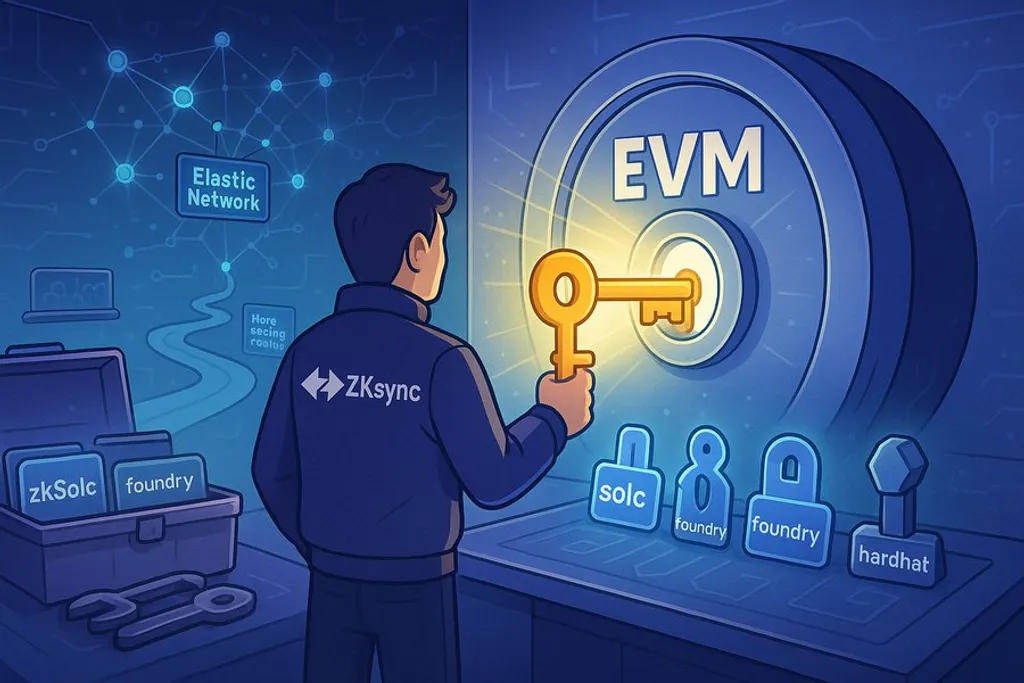
ZKsync Becomes First ZK Rollup to Achieve Full EVM Equivalence
All right.
Sure, here is the translation of your request into English:
Title: "ZKsync Achieves EVM Equivalence: Opening a New Chapter for the Ethereum Ecosystem"
@Techa, since you are interested in Ethereum and blockchain technology, please write an article about ZKsync achieving EVM equivalence. This is an important development and needs to be addressed promptly.
Please review and provide feedback on this analysis. As an expert in emerging technology trends, Logan, I believe you are the most suitable person for this task. Please focus particularly on the technical aspects and the long-term impact.
Let's start the analysis.
Today an important announcement was made via Twitter by @zksync. They announced that ZKsync has become fully EVM (Ethereum Virtual Machine) Equivalent. This is a significant milestone that could have a noteworthy impact on the blockchain and Ethereum community.
Being EVM Equivalent means that the ZKsync platform now operates in the same way as the EVM. Previously, test suites and deployment scripts had to be modified, but now existing EVM tools such as solc, Foundry, and Hardhat can be used directly. This makes it easier for developers to develop and deploy blockchain applications.
Furthermore, it has been reported that the "ZKsync Improvement Proposal 9 (ZIP-9)" has approved the EVM Interpreter in the Token Assembly. This indicates that this upgrade is not just a technical change, but a decision made through governance procedures. Currently, this upgrade has been applied in protocol version 27, known as Era, and is expected to be expanded to all other ZK chains within the Elastic Network soon.
ZKsync described this EVM Equivalence as the first step and announced that they will continue to progress for the future of Ethereum and the EVM. This provides important implications for the future direction of blockchain technology, representing significant progress in terms of technical integration and scalability.
In conclusion, this announcement by ZKsync is anticipated to bring significant changes for Ethereum developers and the blockchain community. The new EVM Equivalent status of ZKsync will help developers create blockchain applications more easily. This upgrade is meaningful not only on a technical level but also in terms of governance and community participation.
Yes, we will prepare.





